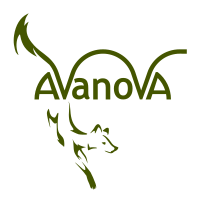Colours
In our colour project we attempt to shine a light on the various cultural, biological and physical aspects of colour - an important part in fashion and jewellery design.
When we talk about classifying colours, we encounter our first problem already. You see, the transition from one colour to the next is fluent. We may see red as red and blue as blue and where they mingle, there they turn to purple. However, there is the more reddish purple and the more blueish purple, and while we give them names, such as bordeaux and indigo, how do we call the one in between indigo and blue? Indigo-blue? And between indigo and indigo-blue?
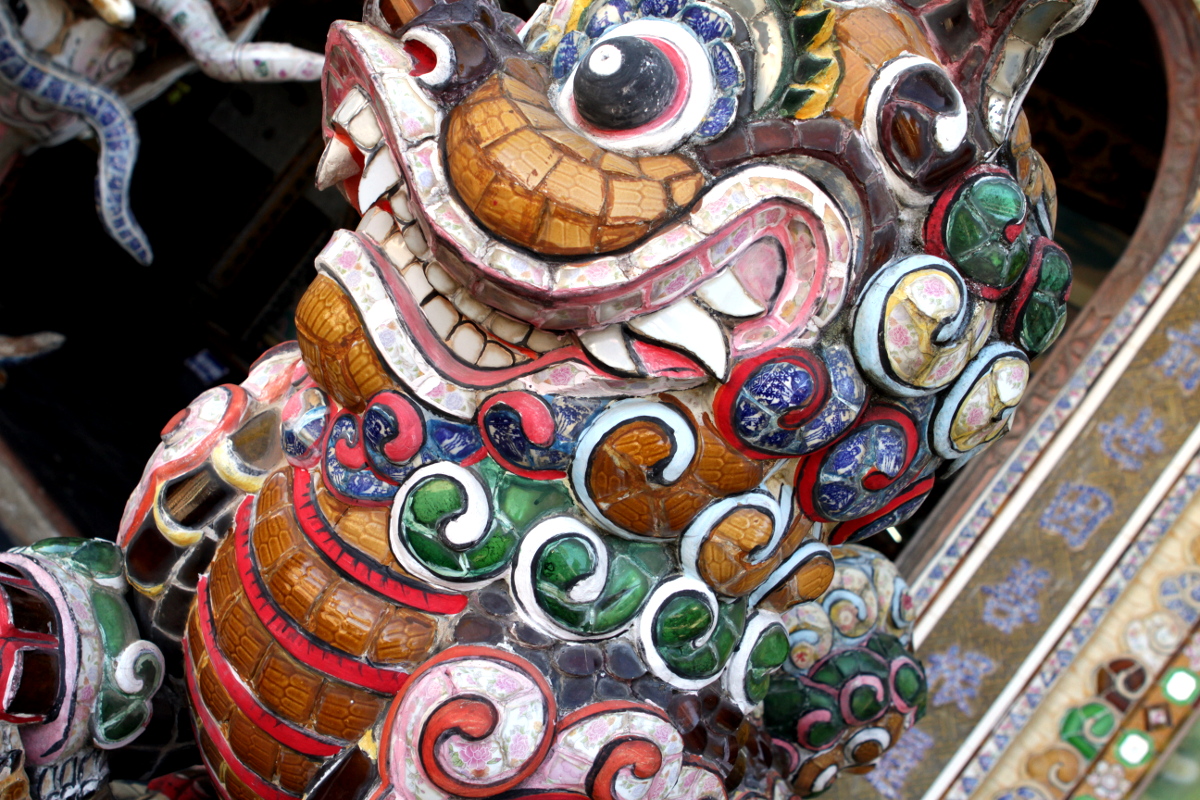
You already see the problem we face here. Of course there is the hex code and the RGB (or CMYK) system where we have colours such as #e46034, which turns out to be a kinda darkened Peach. But what is with the colour between #e46034 and #e46134?
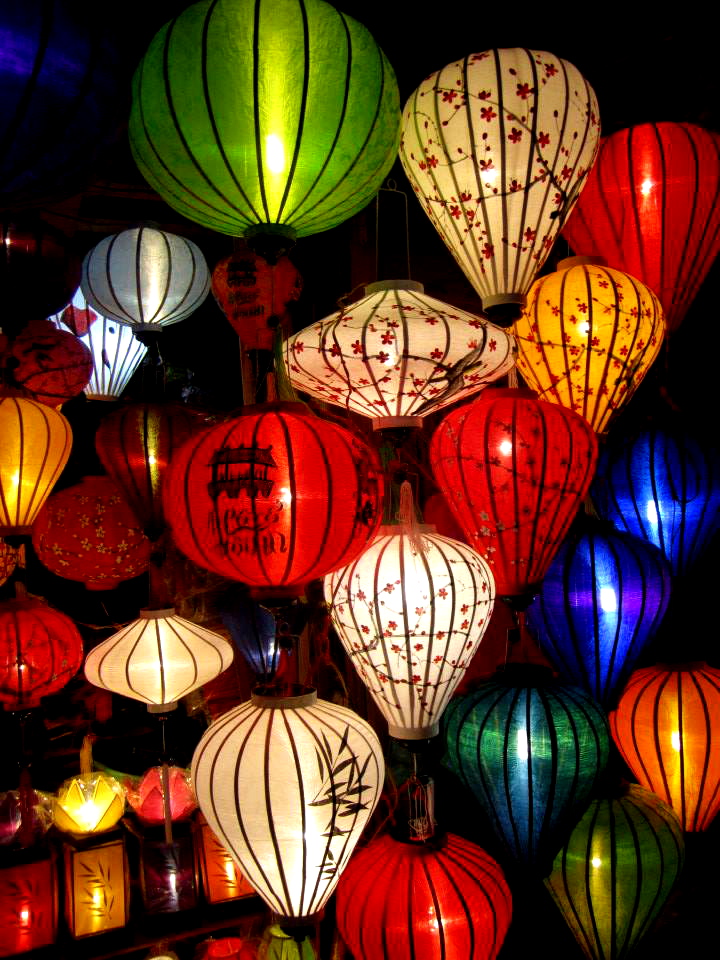
Probably all humans perceive colours in the same, or at least a similar way. There are cultural differences however. A Russian for example might tell you that there are more words for blue than just blue. And that makes me wonder: How much influence does our language, our culture and the environment we were brought up in - actually influence the way we perceive colour?
There are interesting studies on how our primary language influences the way we think and the way we handle a situation. Myself I am bilingual and I experience differences whether I tackle a problem with my mind set on English or on German. My daughter will be an even more interesting object of study in this case, since she is naturally multilingual. Another interesting point is my wife and me, who originate from two vastly different cultures, may end up arguing whether a certain colour is actually green or blue or what shade of teal.
So let us assume, that our language has an influence on how we actually experience colours around us. More of that at a later stage.

In our current situation the most important factor is how we classify colours, or let's say colour families. Bordeaux and Crimson, both belong to the family of red for example.
Another way of managing colours is the difference between the additive colour scheme and the subtractive colour scheme. Additive means the colours of light which - all mixed together create white. In contrast to the additive colour scheme stands the subtractive colour scheme that we experience in pigments and painted objects. If we mix all primary subtractive colours together, we end up with black. Here as well, I will talk about that later.
For now let us stick with the most prominent colour families, their meanings, effects and so on.
Colour Families
Red
Red is the dynamic colour, that symbolises passion, love and lust, but also blood, war and anger.
- ► about the colour red
Blue
Blue is the colour of the far away, dreams and wanderlust.
- ► about the colour blue
Green
Green is the colour of thriving nature and all the fresh, new things.
- ► about the colour green
Yellow
Yellow is the colour of the sun, golden, bright and prosperous.
- ► about the colour yellow
Orange
Orange is the colour of happiness, freedom and joy, as well as enlightenment.
- ► about the colour orange
Pink
Pink is the colour of the young love, sensitive and tender. The more intense it gets, the more... intense it gets.
- ► about the colour pink
Brown
Brown is the colour of trustworthiness, like the fertile soil. It is also simple and uncomplicated.
- ► about the colour brown
Purple
Purple is the colour of creativity and extravagance - and it´s got a mystic touch.
- ► about the colour purple
Black
Black is the colour of the hidden, the unknown, death and sorrow. But it's also powerful and solid.
- ► about the colour black
White
White is the colour of innocence, untouched and clean.
- ► about the colour white
Grey
Grey is the color of reliability, plain and boring. But also the hidden one behind the scenes.
- ► about the colour grey
Hey, wanna bring some of the most vibrant colours of Vietnam to your home? Check out our lovely Hoi An lanterns at our shop!
Newest Shenanigans
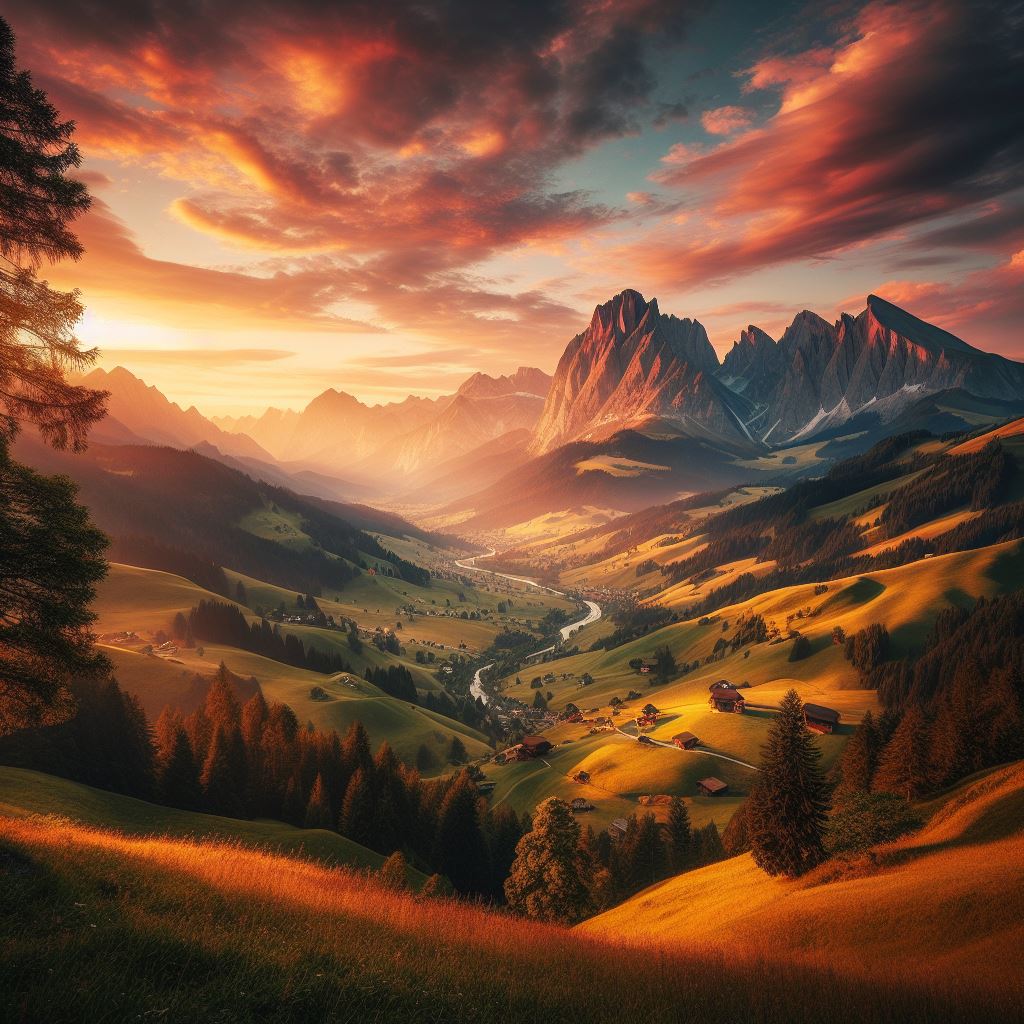 | The Enchanting Ways of Austria Austria boasts a breathtaking tapestry of landscapes, from the soaring peaks of the Alps to the rolling hills of the wine regions. |
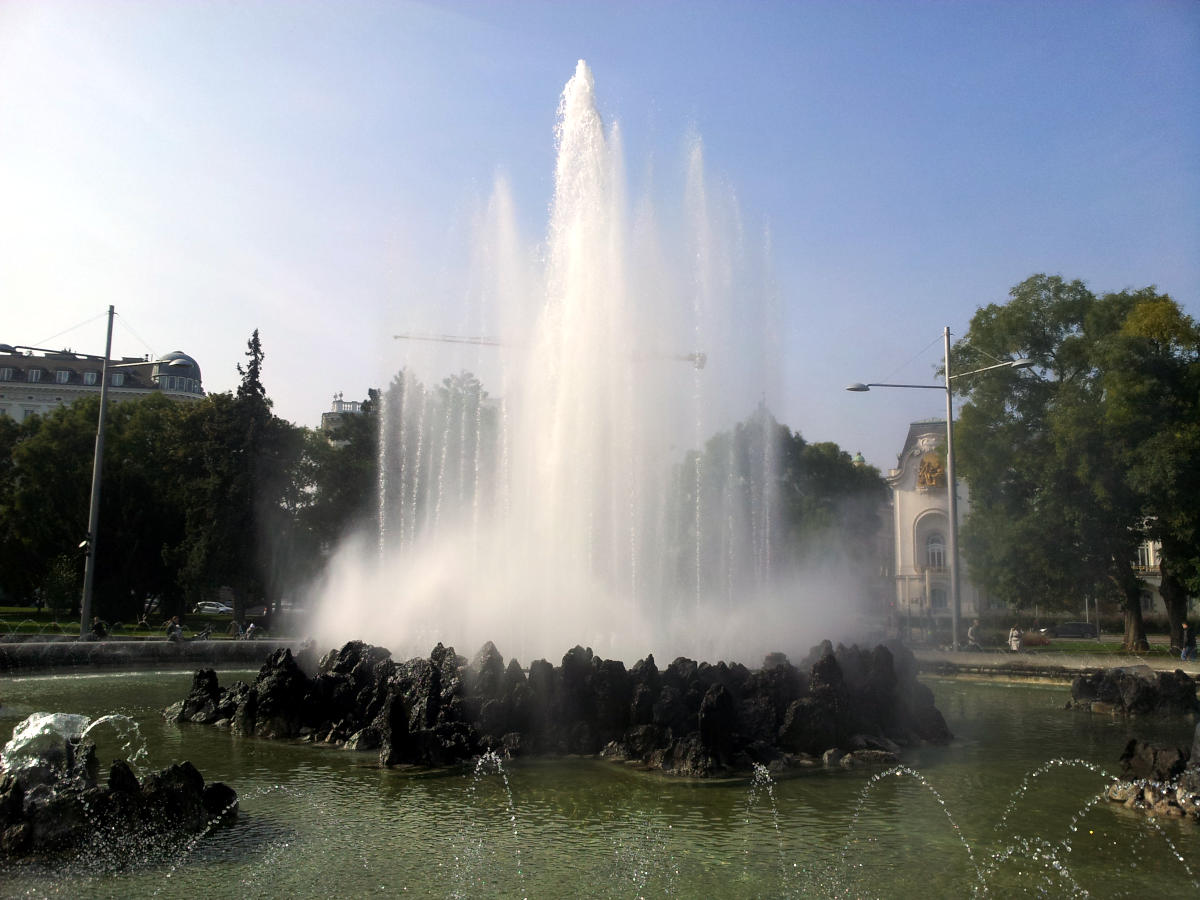 | 12 must-see attractions in Vienna, Austria There is never enough time to fully discover and appreciate a historic capital like Vienna, but we can try. So here is a list of 12 must-see attractions in Vienna. |
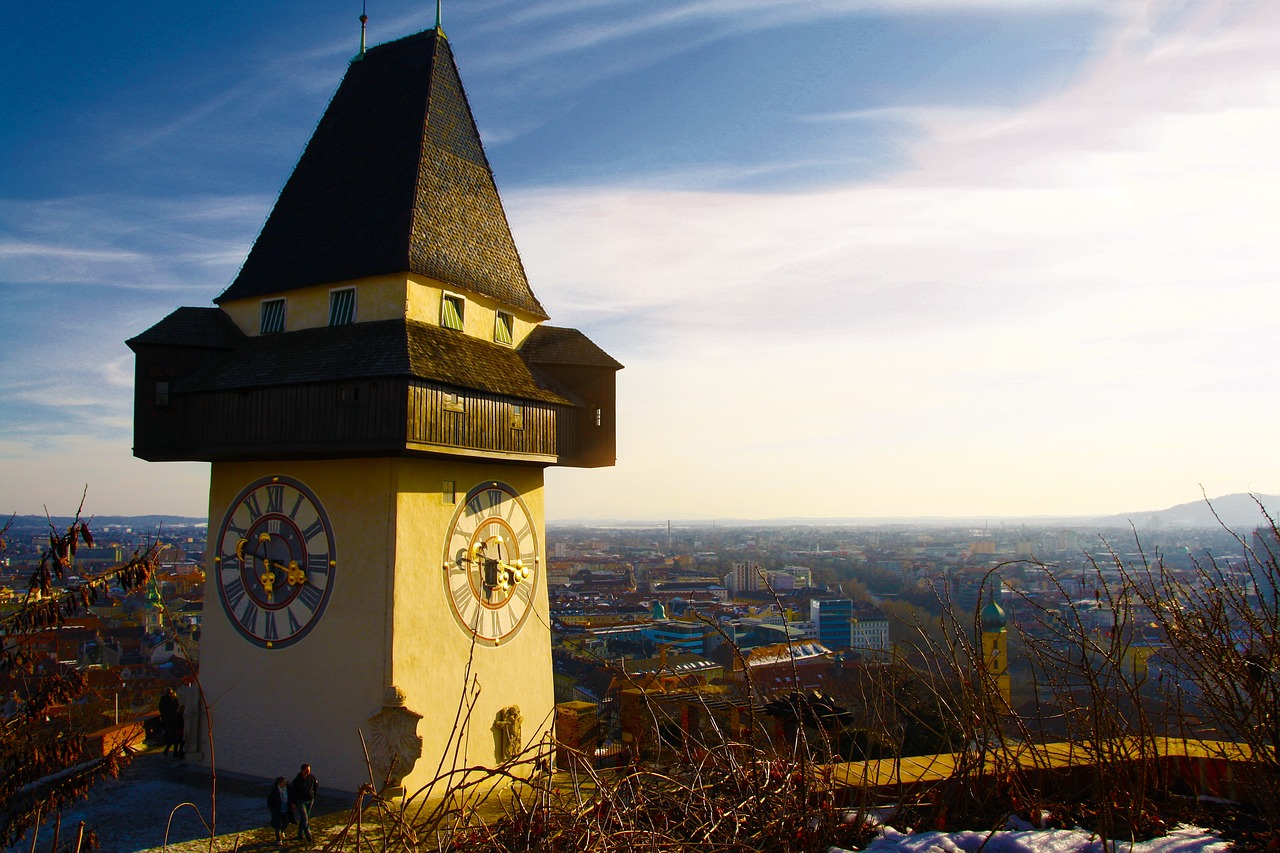 | 12 must-see attractions in Graz, Austria If you have time on your hand, I recommend to discover Graz by yourself. But time is tricky to come by these days, so here is a list of 12 must-see attractions in Graz, Austria. |
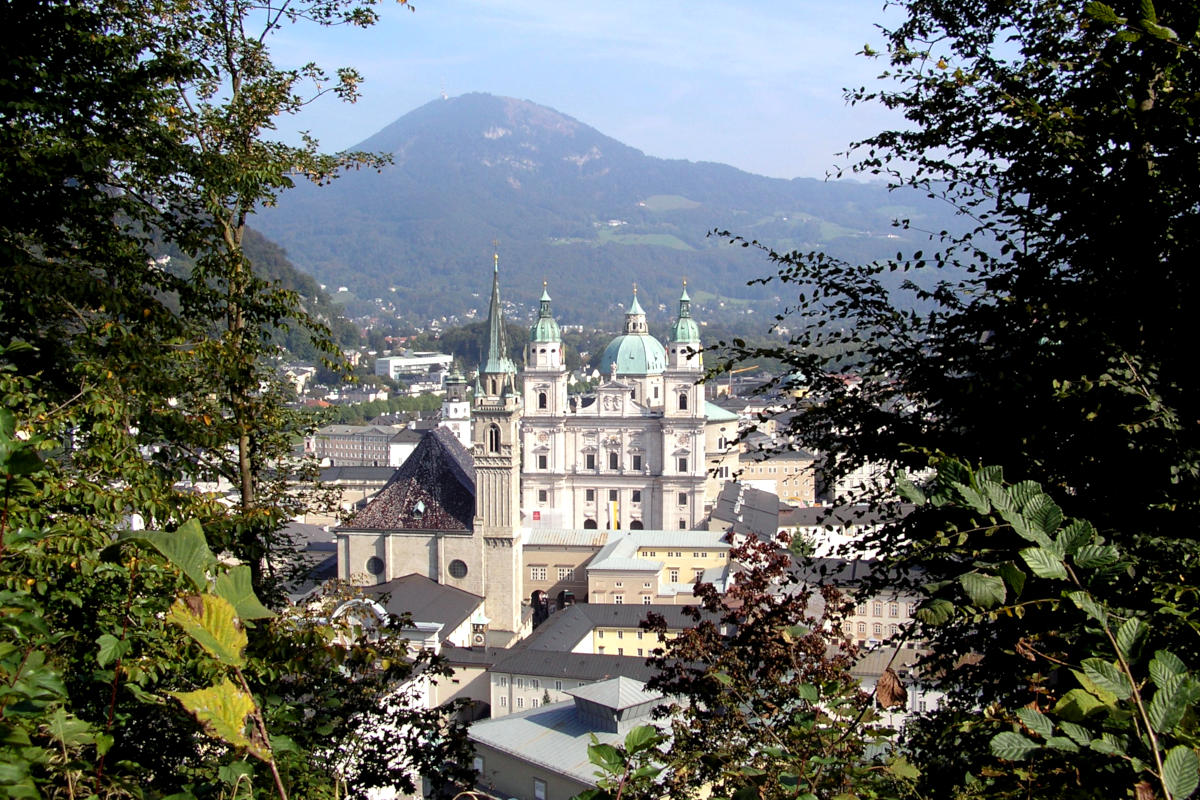 | 12 must-see attractions in Salzburg, Austria Like most places on our planet, Salzburg is a city you need time to fully discover and appreciate. However, time is always hard to come by these days. So here is a list of 12 must-see attractions in Salzburg. |
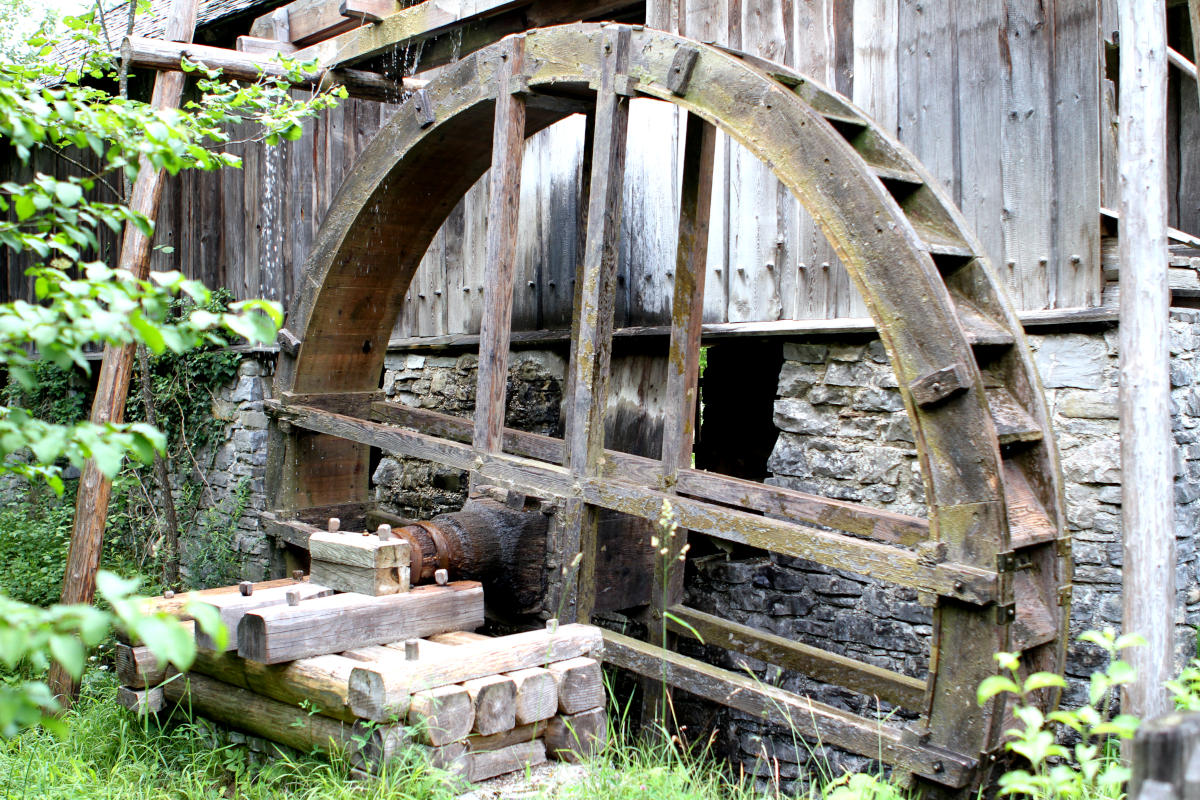 | Some museums to visit in Salzburg Salzburg is a city rich in culture and history, so naturally it features many interesting museums. By all means, the list is not complete, but I try to add the small museums too. |
 | 12 must-see attractions in Innsbruck, Austria Of course the best way to discover a city rich in culture and history like Innsbruck would be to spend a lot of time there. But since time is often an issue, here are 12 must-see attractions in Innsbruck, Austria. |
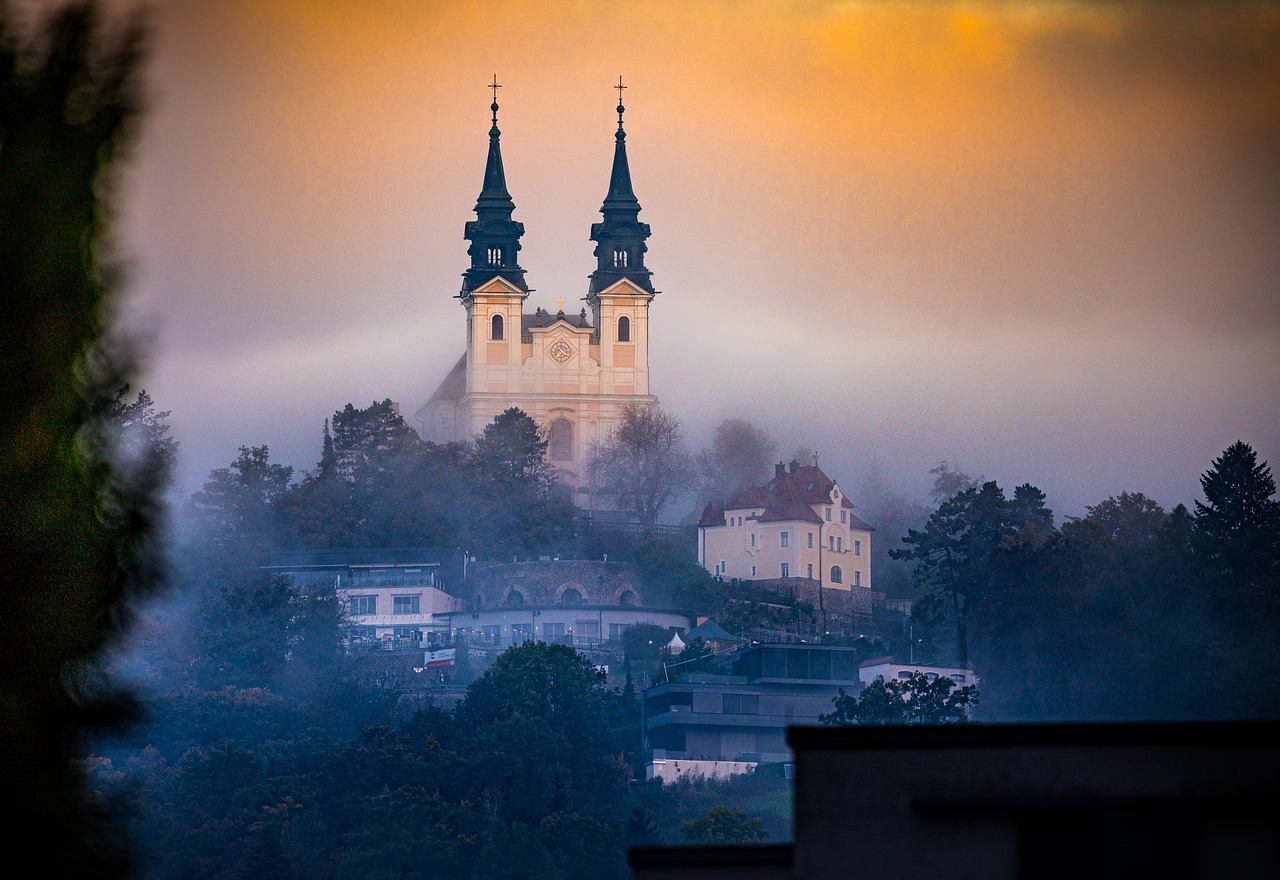 | 12 must-see attractions in Linz, Austria For us people of Salzburg, Linz is just a short hop away by train - so we can visit often. If you are short on time however, here are 12 must-see attractions in Linz, Austria. |
